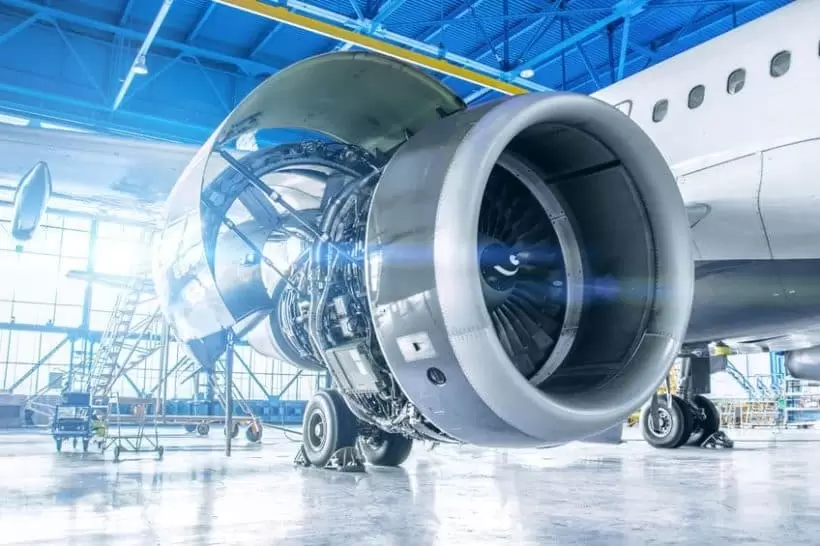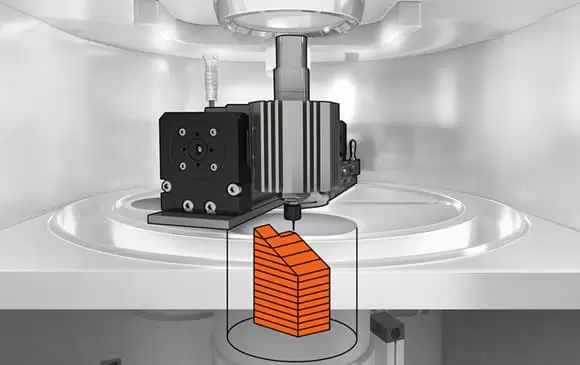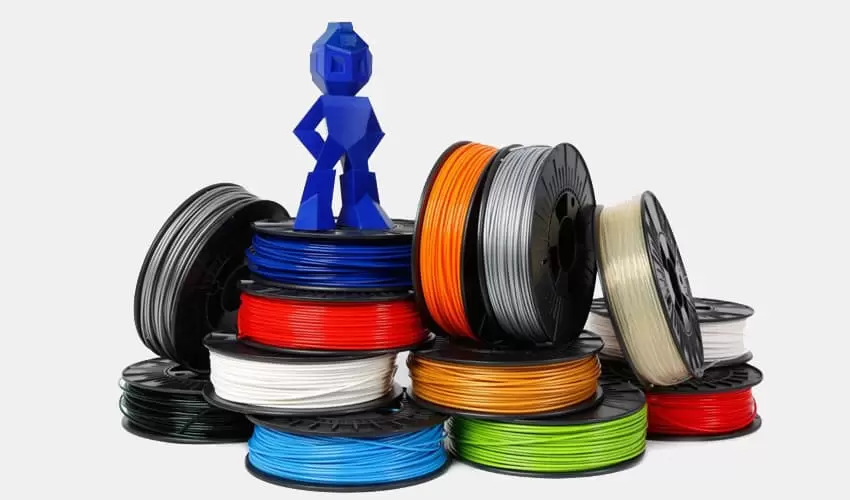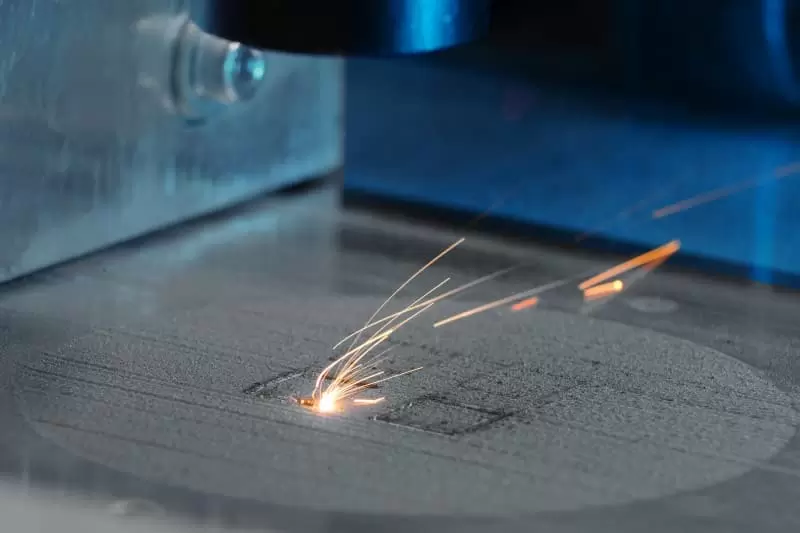This guide delves into the seven transformative additive manufacturing processes revolutionizing modern industry. You'll discover the innovative technologies and applications that are driving this shift, from rapid prototyping to high-precision production. Gain an in-depth understanding of the processes, materials, and potential of additive manufacturing. With this comprehensive guide, you'll gain innovative insights into the additive manufacturing revolution and its impact on modern industry.
I. Introduction to Additive Manufacturing Processes
A. What is Additive Manufacturing?
Additive Manufacturing, commonly known as 3D printing, is a revolutionary method of creating three-dimensional objects layer by layer from digital models. Unlike traditional subtractive manufacturing, which involves cutting or shaping materials to create the final product, additive manufacturing builds up the object incrementally. This process enables unparalleled flexibility in design, reduced waste, and the ability to create intricate structures that were previously impossible.
B. The Role of Processes in Revolutionizing Modern Industry
The impact of additive manufacturing processes on modern industry cannot be overstated. These processes have transformed the way products are conceptualized, designed, and produced. By eliminating many traditional manufacturing constraints, additive manufacturing has paved the way for unprecedented innovation, allowing industries to create complex structures, reduce time-to-market, and enhance overall efficiency. The seven additive manufacturing processes are at the forefront of this industrial revolution, each offering unique capabilities.
II. Innovative Additive Manufacturing Processes
A. Stereolithography (SLA)
Stereolithography, the pioneer of 3D printing, involves using a laser to solidify liquid resin layer by layer. Its high precision makes it ideal for creating intricate prototypes and detailed models with smooth surfaces. SLA has found applications in various industries, including automotive and healthcare, where precision is paramount.
B. Fused Filament Fabrication (FFF)
Fused Filament Fabrication, commonly known as FDM, utilizes a thermoplastic filament melted and deposited layer by layer. Widely used for rapid prototyping and producing functional parts, FFF is cost-effective and suitable for a range of materials, making it a versatile choice for various applications.
C. Selective Laser Sintering (SLS)
Selective Laser Sintering employs a laser to fuse powdered materials, such as polymers or metals, into a solid object. This process excels in creating robust, functional prototypes and end-use parts. Its ability to work with a variety of materials makes SLS indispensable in industries like aerospace and automotive.
D. Direct Metal Laser Melting (DMLM)
Direct Metal Laser Melting involves using a laser to melt and fuse metal powders, creating fully dense metal parts. DMLM is crucial in industries requiring high-strength metal components, such as aerospace and healthcare. Its ability to produce complex geometries has revolutionized the manufacturing of metal parts.
E. Binder Jetting
Binder Jetting selectively deposits a liquid binding agent onto a powder bed, layer by layer. This process is renowned for its speed and cost-effectiveness in producing large and intricate parts. Industries such as architecture and consumer products benefit from the speed and affordability of binder jetting.
F. Electron Beam Melting (EBM)
Electron Beam Melting utilizes an electron beam to melt and fuse metal powders, offering high precision and minimal residual stress. EBM is widely adopted in the aerospace and medical fields for creating complex, high-performance metal components with exceptional strength and durability.
G. Multiphoton Polymerization (MP)
Multiphoton Polymerization involves using a laser to solidify liquid resin through a process known as photopolymerization. This precise method is suitable for micro-scale structures and is often applied in industries requiring intricate details, such as microelectronics and medical devices.
III. Applications of Additive Manufacturing Processes
A. Aerospace and Aviation
Additive manufacturing has revolutionized aerospace by enabling the production of lightweight, complex components with superior strength. The ability to create intricate designs not feasible with traditional methods has resulted in more fuel-efficient aircraft and faster prototyping.
B. Automotive
In the automotive industry, additive manufacturing enhances prototyping, custom tooling, and the production of lightweight components. The ability to design and manufacture complex structures has led to innovative vehicle designs, improved fuel efficiency, and accelerated product development cycles.
C. Healthcare
Additive manufacturing has transformed healthcare by enabling the production of patient-specific implants, prosthetics, and personalized medical devices. The customization capabilities of these processes contribute to better patient outcomes and enhanced treatment options.
D. Consumer Products
Consumer product industries leverage additive manufacturing for rapid prototyping, product customization, and small-scale production. This flexibility allows for the creation of unique, personalized items that meet the evolving demands of consumers.
E. Architecture and Design
Architects and designers benefit from additive manufacturing's ability to create intricate and unique structures. The technology allows for the realization of complex architectural designs, customized building components, and sustainable construction practices.
F. Education and Research
Additive manufacturing plays a crucial role in education and research by providing hands-on learning experiences and facilitating rapid prototyping. It enables researchers to explore new materials and design possibilities, pushing the boundaries of innovation in various fields.
G. Customized Products and Personalized manufacturing
The customization capabilities of additive manufacturing processes cater to the growing demand for personalized products across industries. From custom-designed consumer goods to tailored industrial components, additive manufacturing allows for efficient and cost-effective production of unique items.
H. Sustainability and Circular Economy
Additive manufacturing contributes to sustainability by minimizing material waste and energy consumption. The ability to create complex designs with lightweight structures leads to reduced material usage, and the potential for recycling and reusing materials aligns with the principles of the circular economy.
IV. Case Studies of Additive Manufacturing Processes in Action
A. Breakthrough Innovations in the Aerospace Industry
Additive manufacturing has enabled the aerospace industry to achieve breakthrough innovations, such as producing intricate, lightweight components that enhance fuel efficiency. Companies like Airbus and Boeing utilize these processes to create complex geometries, reducing the weight of aircraft and improving overall performance.
B. Revolutionary Designs in the Automotive Industry
Automotive giants like BMW and Ford incorporate additive manufacturing for rapid prototyping and custom tooling. This allows for the development of revolutionary designs, including lightweight components, aerodynamic structures, and complex internal features that were previously challenging to manufacture.
C. Personalized Products and Customized Solutions in Consumer Markets
Additive manufacturing has empowered consumer brands to offer personalized products and customized solutions. Companies like Nike use 3D printing to create personalized footwear, adapting designs to individual preferences and providing a unique customer experience.
D. Disruptive Applications in Healthcare and Biotechnology
The healthcare sector benefits from additive manufacturing through the production of patient-specific implants, prosthetics, and surgical guides. Innovations like 3D-printed organs for transplantation and custom drug delivery systems showcase the disruptive potential of these processes in biotechnology.
E. The Role of Additive Manufacturing in Sustainable Development and the Circular Economy
Additive manufacturing's sustainable practices align with the goals of the circular economy. By minimizing material waste and allowing for the recycling of unused materials, these processes contribute to sustainable development and environmental conservation. Companies adopting additive manufacturing are actively promoting a more eco-friendly approach to production.
V. Conclusion
A. Summary of Key Learnings
In summary, additive manufacturing processes have ushered in a new era of innovation, providing industries with unprecedented flexibility in design and manufacturing. From stereolithography to electron beam melting, each process has unique capabilities that cater to specific industry needs. The applications span across aerospace, automotive, healthcare, consumer products, architecture, education, and more, showcasing the versatility of additive manufacturing.
B. Resources for Further Exploration
For those eager to delve deeper into additive manufacturing, various resources are available. Industry conferences, online forums, and academic journals offer insights into the latest developments. Additionally, collaborating with experts in additive manufacturing and staying updated on technological advancements will ensure continued exploration and understanding of this transformative field.




